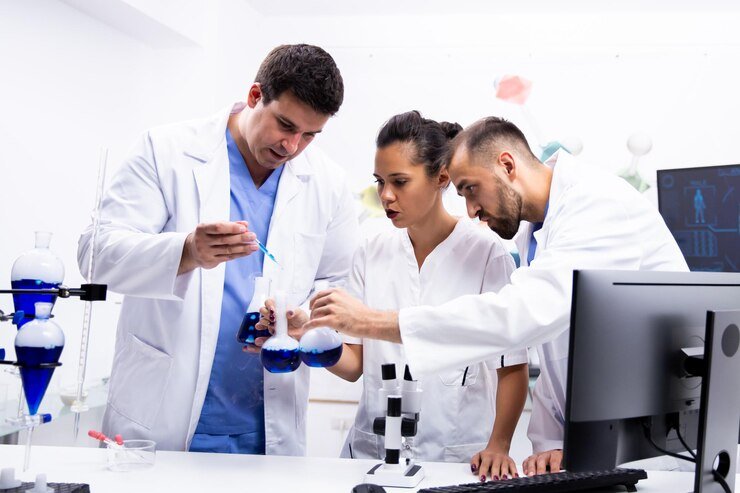- Can you tell us about your vision for the School of Allied Health Sciences?
My vision is to position our School as a national leader in allied health education, research, and community service. I aim to foster interdisciplinary collaboration, integrate cutting-edge technology into our curriculum, and ensure our graduates are practice-ready, compassionate, and culturally competent professionals who will shape the future of healthcare delivery.
- What are some of the biggest challenges currently facing allied health education, and how are you addressing them?
One major challenge is keeping pace with rapidly evolving healthcare technologies and practices. To address this, we are continuously updating our curriculum, enhancing simulation-based learning, and strengthening partnerships with clinical sites. Faculty development is also a priority to ensure our educators are prepared to guide students through these changes.
- How do you ensure academic excellence while also promoting student well-being?
We believe academic excellence and student well-being go hand in hand. We offer academic support services, mentorship programs, and counseling. Our faculty are trained to identify students in distress and provide timely interventions. We also promote a healthy school-life balance through wellness initiatives and peer support systems.
- What role does research play in your school’s mission?
Research is a cornerstone of our mission. We encourage faculty and students to engage in evidence-based projects that address real-world healthcare challenges. We’ve established research centers, secured grant funding, and cultivated collaborations across departments and institutions to drive innovation and impact.
- How do you prepare students for the interprofessional nature of modern healthcare?
We have developed interprofessional education (IPE) modules where students from various health programs collaborate on case studies and simulation scenarios. This helps them develop teamwork, communication, and leadership skills essential for patient-centered care in today’s integrated healthcare systems.
- What steps are you taking to promote diversity, equity, and inclusion (DEI) within the School?
We are committed to building a diverse and inclusive environment. Our DEI committee leads initiatives like cultural competency training, curriculum reviews for inclusivity, and outreach programs to underrepresented communities. We also support diverse faculty recruitment and student scholarships to promote access.
- How do you stay connected with the healthcare industry to ensure graduates meet workforce demands?
We maintain strong ties with clinical partners, advisory boards, and alumni networks. Regular feedback from these stakeholders helps us align our programs with current and future industry needs. We also host job fairs and offer internships that provide real-time insights and career readiness.
- What are your priorities for the next five years?
Over the next five years, my priorities include expanding our program offerings, increasing research funding, strengthening community outreach, and enhancing our global partnerships. I also aim to implement digital health innovations and advance faculty development to ensure we remain at the forefront of allied health education.


